- Choosing the Right Tomato Varieties
- Growth Habit
- Resistance to Diseases
- Flavor and Texture
- Ripening Time
- Growing Conditions
- Conclusion
- Providing Proper Nutrients
- Optimizing Watering Techniques
- Protecting Against Pests and Diseases
- 1. Implement Proper Crop Rotation
- 2. Use Natural Pest Control Methods
- 3. Keep Your Plants Healthy
- 4. Monitor for Pests and Diseases
- 5. Practice Good Hygiene
- Pruning and Supporting Tomatoes
- 1. Removing suckers
- 2. Pruning lower leaves
- 3. Providing support
- Ensuring Sufficient Sunlight
- 1. Choose the Right Location
- 2. Monitor for Shade
- 3. Use Reflective Materials
- Monitoring and Adjusting Soil pH
- Monitoring Soil pH
- Adjusting Soil pH
- Benefits of Monitoring and Adjusting Soil pH
- Implementing Proper Crop Rotation
- “Question-Answer”
- What are some methods for preventing the first brush of tomatoes from crumbling?
- How can I provide a stable support system for tomato plants?
- What should I do to ensure proper watering for tomato plants?
- How can I maintain proper nutrient levels for tomato plants?
- What are some pruning techniques that can help prevent tomato plants from crumbling?
- Are there any other methods for boosting tomato yield?
- How can I effectively manage pests and diseases in my tomato plants?
- “Video” 9 Mistakes To Avoid When Growing Tomatoes
Tomatoes are a staple in many gardens, providing fresh and flavorful fruit for salads, sauces, and a variety of dishes. However, growing tomatoes can be a challenging task, especially when it comes to preventing the first brush of tomatoes from crumbling. This is a common issue that many gardeners face, but with the right methods, you can boost the yield of your tomato plants and ensure a bountiful harvest.
Method 1: Proper Nutrient Balance
One of the key factors in preventing the first brush of tomatoes from crumbling is providing the plants with a proper nutrient balance. Tomatoes require a variety of nutrients, including nitrogen, phosphorus, and potassium, to thrive and produce healthy fruit. Ensuring that your soil has the right nutrient levels is crucial for preventing plant diseases and ensuring strong, resilient tomato plants.
Method 2: Regular Watering
In addition to proper nutrition, tomatoes also need consistent watering to prevent the first brush from crumbling. Tomatoes have a high water content and require regular irrigation to keep the soil evenly moist. Overwatering can lead to root rot, while underwatering can cause the fruit to become dry and shriveled. Finding the right balance is key to promoting healthy tomato plants and preventing the first brush from crumbling.
Method 3: Disease Prevention
One of the most common reasons for the first brush of tomatoes to crumble is disease. Several diseases, such as tomato blight and fusarium wilt, can cause the fruit to rot and collapse prematurely. To prevent these diseases, it is important to practice good garden hygiene, such as removing and destroying infected plant material, rotating crops, and using disease-resistant tomato varieties. Additionally, providing proper airflow and spacing between plants can also help prevent the spread of disease and promote healthy, sturdy plants.
By implementing these three methods – ensuring a proper nutrient balance, regular watering, and disease prevention – you can boost the yield of your tomato plants and prevent the first brush of tomatoes from crumbling. With a little extra care and attention, you can enjoy a bountiful harvest of delicious, homegrown tomatoes.
Choosing the Right Tomato Varieties
When it comes to preventing the first brush of tomatoes from crumbling and boosting yield, selecting the right tomato varieties can make a big difference. Here are some factors to consider when choosing the right varieties:
Growth Habit
Tomatoes can have different growth habits, such as determinate or indeterminate. Determinate tomatoes grow to a certain height and then stop growing, while indeterminate tomatoes continue to grow and produce fruit throughout the growing season. Consider the space you have available and whether you prefer a compact plant or one that will produce more fruit over a longer period.
Resistance to Diseases
Some tomato varieties are bred to be resistant to certain diseases, such as Fusarium wilt or tomato mosaic virus. By choosing varieties with disease resistance, you can reduce the risk of losing your crop to common tomato diseases. Check the seed packet or plant label for information on disease resistance.
Flavor and Texture
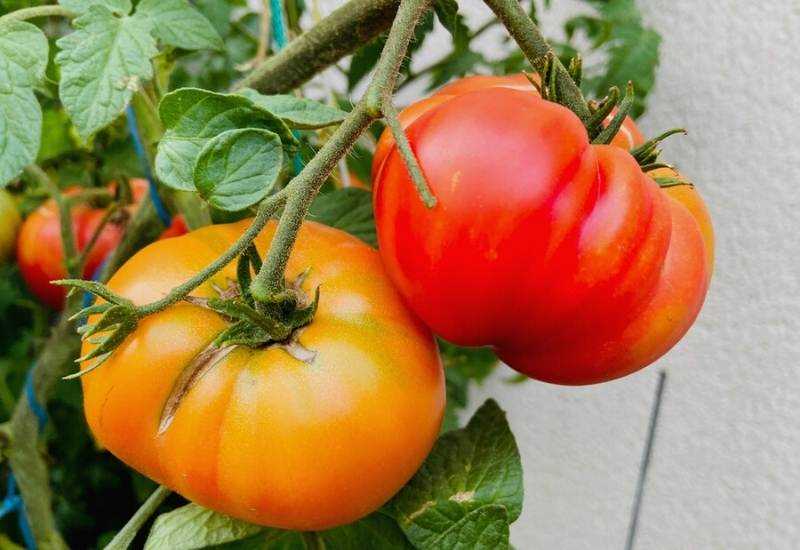
Tomato varieties can vary in terms of flavor and texture. Some varieties are known for their sweet, tangy flavor, while others have a more mild taste. Consider your personal preferences and how you plan to use the tomatoes. For example, if you plan to make sauces or soups, you may want a variety with a meaty texture.
Ripening Time
Tomatoes come in different ripening times, ranging from early varieties that ripen quickly to late varieties that take longer. If you want a steady supply of tomatoes throughout the season, consider planting a mix of early, mid-season, and late varieties. This way, you’ll have tomatoes ripening at different times.
Growing Conditions
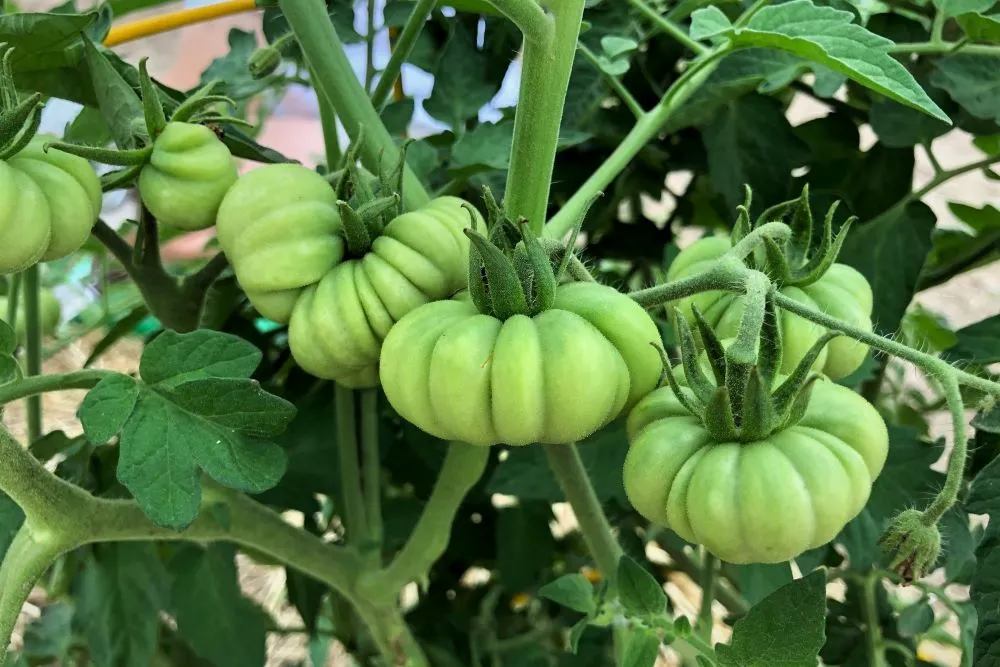
Lastly, consider your growing conditions. Some tomato varieties are better suited for particular climates or growing conditions. For example, there are varieties specifically bred for hot, humid climates or for growing in containers. Take into account your climate, soil type, and available sunlight when selecting tomato varieties.
Conclusion
Choosing the right tomato varieties is an important step in preventing the first brush of tomatoes from crumbling and boosting overall yield. Consider factors such as growth habit, disease resistance, flavor and texture, ripening time, and growing conditions to find the varieties that will thrive in your garden and provide you with a bountiful harvest.
Providing Proper Nutrients
One crucial factor in preventing the first brush of tomatoes from crumbling is providing the plants with proper nutrients. Tomatoes require a balanced diet of essential nutrients to grow strong and healthy.
There are several ways to ensure that your tomatoes receive the necessary nutrients:
- Organic Matter: Mixing in organic matter, such as compost or well-rotted manure, into the soil before planting will improve the nutrient content and provide a steady release of nutrients throughout the growing season.
- Fertilizers: Using fertilizers specifically formulated for tomatoes can help replenish the nutrients that may be lacking in the soil. Look for fertilizers that have a balanced ratio of nitrogen, phosphorus, and potassium – the primary nutrients tomatoes need for growth.
- Foliar Feeding: In addition to soil application, foliar feeding can be used to provide nutrients directly to the leaves. This method involves spraying a liquid fertilizer solution onto the leaves, allowing for quicker absorption of nutrients.
It is important to regularly monitor the nutrient levels in your tomato plants throughout the growing season. Testing the soil periodically can help identify any deficiencies or imbalances in nutrient levels, allowing you to make necessary adjustments.
| Nutrient | Function | Symptoms of Deficiency |
|---|---|---|
| Nitrogen | Leaf and stem growth | Yellowing leaves, stunted growth |
| Phosphorus | Root development, fruit production | Purple leaves, poor fruit set |
| Potassium | Fruit quality and disease resistance | Yellowing leaf margins, weak plants |
By providing your tomato plants with the right nutrients, you can promote healthy growth and minimize the risk of the first brush of tomatoes crumbling.
Optimizing Watering Techniques
- Watering Frequency
- Watering Depth
- Time of Day
- Drip Irrigation
- Mulching
- Monitoring Soil Moisture
It is important to water tomato plants consistently, as irregular watering can lead to stress and uneven growth. Watering frequency will depend on various factors such as climate, soil type, and the size of the plants. Generally, tomato plants require regular watering, especially during dry periods.
Watering deeply is crucial for tomato plants as it encourages deep root growth. It is recommended to water the plants at their base, avoiding wetting the leaves, to prevent diseases. Aim to water the plants until the soil is thoroughly moistened to a depth of 6-8 inches.
The time of day when you water your tomato plants is also important. It is advisable to water them early in the morning or late in the evening when the temperature is cooler. Avoid watering during the peak heat of the day, as this can cause water to evaporate quickly and result in inefficient watering.
Drip irrigation is an efficient method for watering tomato plants. This method involves delivering water directly to the root zone using a network of tubes or pipes with emitters. Drip irrigation helps to minimize water loss due to evaporation and ensures that water is delivered evenly to each plant.
Mulching can help conserve moisture in the soil and reduce the need for frequent watering. Apply a layer of organic mulch, such as straw or wood chips, around the base of tomato plants. Mulch helps to retain moisture, suppress weed growth, and maintain a more constant soil temperature.
To ensure optimum watering, it is essential to monitor the moisture levels of the soil. Insert your finger into the soil up to the second knuckle. If it feels dry at that depth, it’s time to water. If the soil feels moist, wait for a day or two before watering again.
Protecting Against Pests and Diseases
1. Implement Proper Crop Rotation
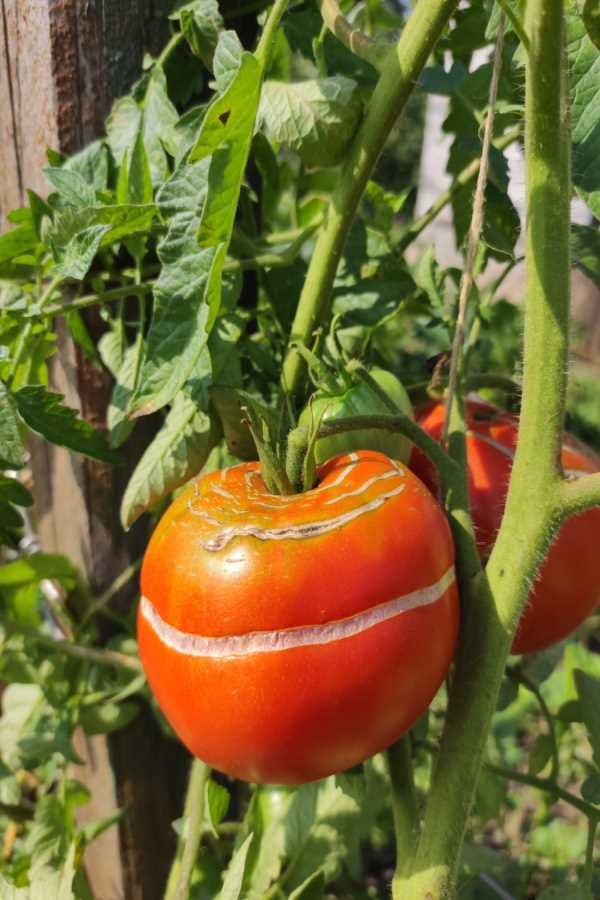
One of the keys to protecting your tomato plants from pests and diseases is proper crop rotation. By rotating the location of your tomatoes each year, you can help prevent the buildup of pests and diseases in the soil. Rotate your tomato plants with non-solanaceous crops, such as beans or lettuce, to break the pest and disease cycle.
2. Use Natural Pest Control Methods
Instead of relying on harmful chemical pesticides, consider using natural pest control methods to protect your tomato plants. For example, you can introduce beneficial insects like ladybugs, lacewings, or parasitic wasps, which feed on common tomato pests like aphids and caterpillars. Additionally, you can use organic insecticides made from natural ingredients such as neem oil or pyrethrin to control pests.
3. Keep Your Plants Healthy
Healthy tomato plants are less susceptible to pests and diseases. To keep your plants healthy, provide them with proper care and maintenance. This includes regular watering, adequate sunlight, and proper spacing to promote good airflow. Remove any weeds or dead plant material around your tomato plants, as they can harbor pests and diseases.
4. Monitor for Pests and Diseases
Regularly inspect your tomato plants for any signs of pests or diseases. Look for common pests like aphids, whiteflies, or tomato hornworms, as well as signs of diseases like blight or leaf spot. Early detection is key to preventing the spread of pests and diseases, so take action promptly if you notice any issues.
5. Practice Good Hygiene
Practicing good hygiene is essential for preventing the spread of diseases in your tomato garden. Avoid working with your tomato plants when they are wet, as this can promote the spread of fungal diseases. Clean your gardening tools regularly and avoid cross-contamination by disinfecting them between uses. Dispose of any infected plant material properly to prevent the spread of diseases.
Pruning and Supporting Tomatoes
Pruning and supporting tomatoes are important techniques for increasing the yield and preventing the first brush of tomatoes from crumbling. These practices help to improve air circulation, reduce diseases, and provide support to the heavy tomato plants and fruits. Here are three methods you can use to prune and support tomatoes:
1. Removing suckers
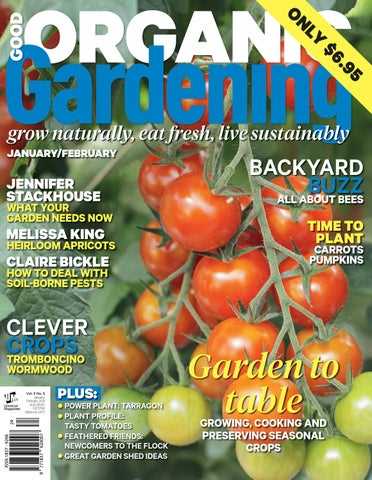
Suckers are the small shoots that grow from the leaf axils of tomato plants. By removing these suckers, you can direct the plant’s energy towards the development of fruits instead of unnecessary foliage. To remove suckers, simply pinch them off with your fingers when they are small before they become too large and difficult to remove. It is recommended to remove suckers when they are 1-2 inches in length.
2. Pruning lower leaves
Pruning lower leaves helps to improve air circulation and reduce the risk of diseases. Remove the lower leaves that are touching the ground or close to it as they are more prone to fungal diseases. Use clean pruning shears to cut off these leaves, making sure not to damage the main stem or other healthy leaves.
3. Providing support
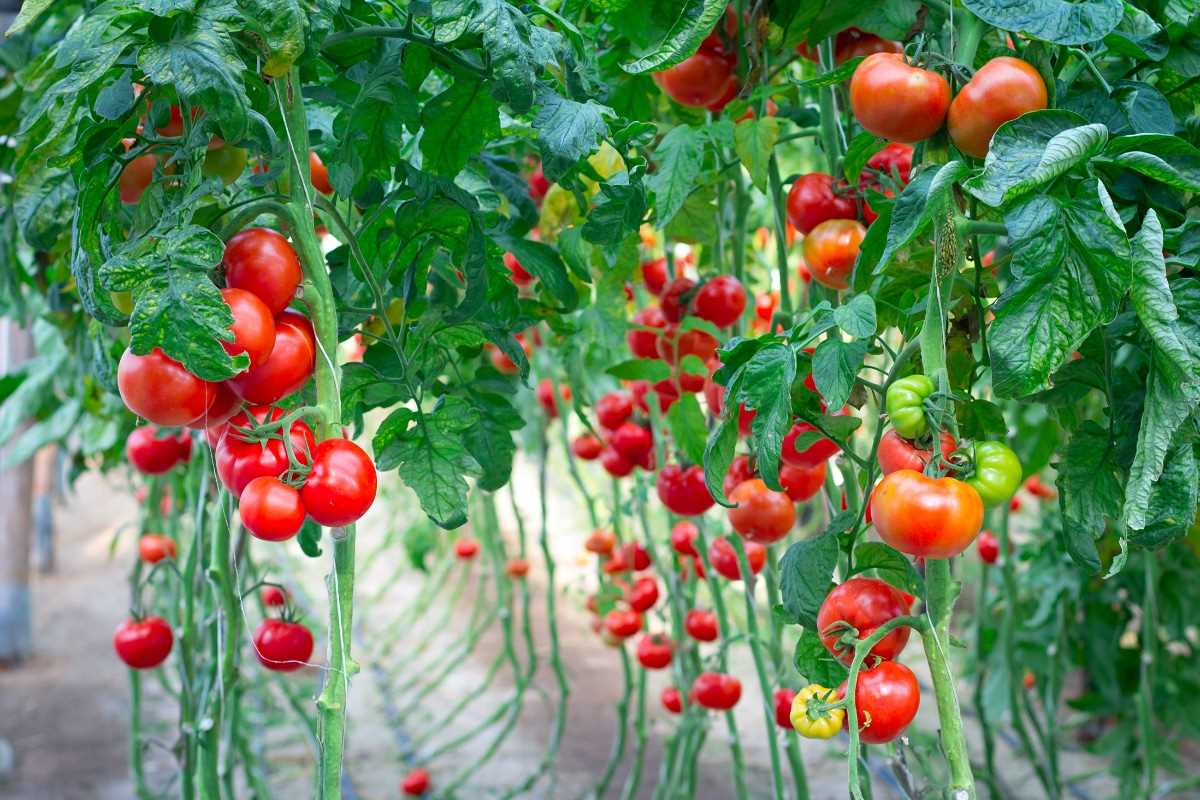
Tomato plants can become heavy with fruits, and providing support is crucial to prevent the branches from breaking and the fruits from touching the ground. There are various support methods you can use, such as cages, stakes, or trellises. Choose a method that suits your preference and garden space. Place the support structure around the tomato plant when it is still young to avoid damaging the roots or stem later on. As the plant grows, gently tie the branches to the support structure using soft plant ties or twine.
By implementing these pruning and supporting methods, you can help your tomato plants to grow stronger and healthier, resulting in higher yields and preventing the first brush of tomatoes from crumbling. Remember to regularly monitor and adjust the supports as the plants continue to grow throughout the season.
Ensuring Sufficient Sunlight

In order to prevent the first brush of tomatoes from crumbling, it is important to ensure that they receive sufficient sunlight. Tomatoes are a sun-loving plant, and without enough sunlight, they can become weak and prone to diseases.
1. Choose the Right Location
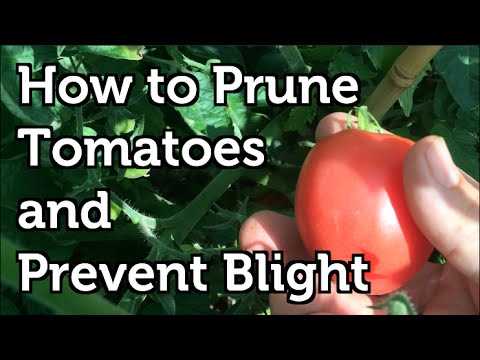
When selecting a location for your tomato plants, it is crucial to choose an area that receives full sunlight for at least 6-8 hours a day. Avoid shaded areas or spots that are blocked by buildings or trees.
2. Monitor for Shade
Even if you have chosen a sunny location, it is important to regularly monitor the area to ensure that it remains free from shade. As the sun moves throughout the day, some areas may become shaded, particularly if there are nearby trees or structures that cast shadows. It may be necessary to prune trees or adjust the position of your plants to ensure they continue to receive adequate sunlight.
3. Use Reflective Materials
To maximize the amount of sunlight that reaches your tomato plants, you can use reflective materials to redirect the sun’s rays. This can include placing white or reflective surfaces, such as aluminum foil or white plastic, around the plants to bounce sunlight back onto the leaves.
By ensuring that your tomato plants receive sufficient sunlight, you will help to promote strong growth and reduce the risk of the first brush of tomatoes crumbling.
Monitoring and Adjusting Soil pH
The pH level of the soil plays a crucial role in the growth and development of tomato plants. Tomatoes prefer a slightly acidic soil with a pH level ranging from 6.0 to 6.8. If the soil pH level is too low or too high, it can negatively impact the plant’s ability to absorb nutrients and ultimately affect yield.
Monitoring Soil pH
It is essential to regularly monitor the pH level of the soil to ensure it remains within the optimal range for tomato plants. This can be done using a pH testing kit or by sending a soil sample to a laboratory for analysis. The pH testing kit typically involves taking a soil sample, mixing it with a testing solution, and observing the color change to determine the soil’s pH level.
Adjusting Soil pH
If the soil pH level is too low or too high, it can be adjusted to create more favorable conditions for tomato growth. Adjusting soil pH can be achieved through the addition of soil amendments. When the pH is too low (acidic), adding agricultural lime or dolomitic lime can help raise the pH level. These amendments contain calcium and magnesium, which help neutralize acidity over time.
On the other hand, if the soil pH level is too high (alkaline), sulfur or elemental sulfur can be added to the soil. These amendments work to lower the pH level by increasing soil acidity. It’s important to follow the instructions provided by the manufacturer and monitor the soil’s pH level regularly to ensure it remains within the desired range.
Benefits of Monitoring and Adjusting Soil pH
Maintaining the ideal pH level in the soil promotes optimum nutrient availability, microbial activity, and overall plant health. When tomato plants are grown in the right pH range, they can absorb essential nutrients like nitrogen, phosphorus, and potassium more efficiently. This can lead to increased plant vigor, better fruit development, and ultimately higher yields.
| Plant Type | Ideal pH Range |
|---|---|
| Tomatoes | 6.0 – 6.8 |
| Blueberries | 4.5 – 5.5 |
| Roses | 6.0 – 6.5 |
Monitoring and adjusting soil pH is an essential part of maintaining healthy tomato plants and maximizing yield. By regularly testing and making necessary adjustments, growers can create optimal growing conditions for their tomato crops and ensure a successful harvest.
Implementing Proper Crop Rotation
To prevent the first brush of tomatoes from crumbling and boost overall yield, implementing proper crop rotation is essential. Crop rotation is the practice of growing different crops in a specific order on the same piece of land to reduce the risk of plant diseases, pests, and nutrient deficiencies.
There are several benefits of incorporating crop rotation into your gardening or farming practices. First and foremost, it helps to break the life cycles of pests and diseases. By planting different crops each season, the pests and diseases that affect one crop will be disrupted and may not have a suitable host to feed on. This reduces the overall pest and disease pressure on the tomato plants, leading to healthier and more productive crops.
Another advantage of crop rotation is the improvement of soil health and fertility. Different crops have different nutrient requirements and utilize different nutrients from the soil. By rotating crops, you can ensure that the soil is not depleted of specific nutrients and maintain a balanced nutrient profile. This helps to prevent nutrient deficiencies in tomatoes, which can lead to stunted growth and lower yields.
When implementing crop rotation for tomatoes, it is important to consider the family they belong to, which is the Solanaceae family. Avoid planting tomatoes in the same area for consecutive years, as this increases the risk of soilborne diseases and pests that specifically target this family of plants. Instead, rotate tomatoes with crops from other families, such as legumes, brassicas, or cucurbits, for at least two to three years before returning them to the same plot.
To easily keep track of your crop rotation schedule, create a plan or map that outlines which crops will be planted in each area of your garden or field each year. This will help ensure that you are rotating crops effectively and reducing the risk of disease and pest buildup. Additionally, consider incorporating cover crops into your rotation plan, as they can improve soil structure, nutrient cycling, and organic matter content.
In conclusion, implementing proper crop rotation is crucial for preventing the first brush of tomatoes from crumbling and boosting overall yield. By rotating tomatoes with different crops and families, you can disrupt pest and disease cycles, improve soil health, and maintain balanced nutrient levels. Take the time to plan and implement a crop rotation strategy to ensure the long-term success of your tomato plants.
“Question-Answer”
What are some methods for preventing the first brush of tomatoes from crumbling?
Some methods for preventing the first brush of tomatoes from crumbling include providing a stable support system for the plants, ensuring proper watering and nutrient levels, and implementing proper pruning techniques.
How can I provide a stable support system for tomato plants?
To provide a stable support system for tomato plants, you can use stakes, cages, or trellises. Staking involves driving stakes into the ground near each tomato plant and tying the main stem to the stake as it grows. Caging involves placing a wire cage around each plant to provide support. Trellising involves training the tomato plants to grow up a vertical structure.
What should I do to ensure proper watering for tomato plants?
To ensure proper watering for tomato plants, you should water them regularly and deeply. Water the plants at the base to avoid wetting the leaves, which can lead to diseases. It is important to keep the soil consistently moist, but not waterlogged, for optimal tomato growth. Mulching can also help retain moisture in the soil.
How can I maintain proper nutrient levels for tomato plants?
To maintain proper nutrient levels for tomato plants, you can enrich the soil with organic matter, such as compost or well-rotted manure, before planting. This will provide essential nutrients for the plants. Additionally, using a balanced fertilizer specifically formulated for tomatoes can help ensure they receive the necessary nutrients throughout the growing season.
What are some pruning techniques that can help prevent tomato plants from crumbling?
Some pruning techniques that can help prevent tomato plants from crumbling include removing suckers and lower foliage. Suckers are the small shoots that grow in the leaf axils of tomato plants. Removing them helps redirect the plant’s energy toward fruit production. Removing lower foliage, especially those touching the ground, can help improve airflow and reduce the risk of disease.
Are there any other methods for boosting tomato yield?
Yes, there are other methods for boosting tomato yield. These include providing adequate sunlight and temperature conditions, using proper spacing and planting techniques, and managing pests and diseases effectively.
How can I effectively manage pests and diseases in my tomato plants?
To effectively manage pests and diseases in tomato plants, you can practice good garden hygiene by removing any diseased or infested plants promptly. You can also use organic pest control methods, such as introducing beneficial insects or using natural sprays. Regular observation and early detection of pests or diseases can help prevent them from spreading and causing significant damage to the tomato plants.







